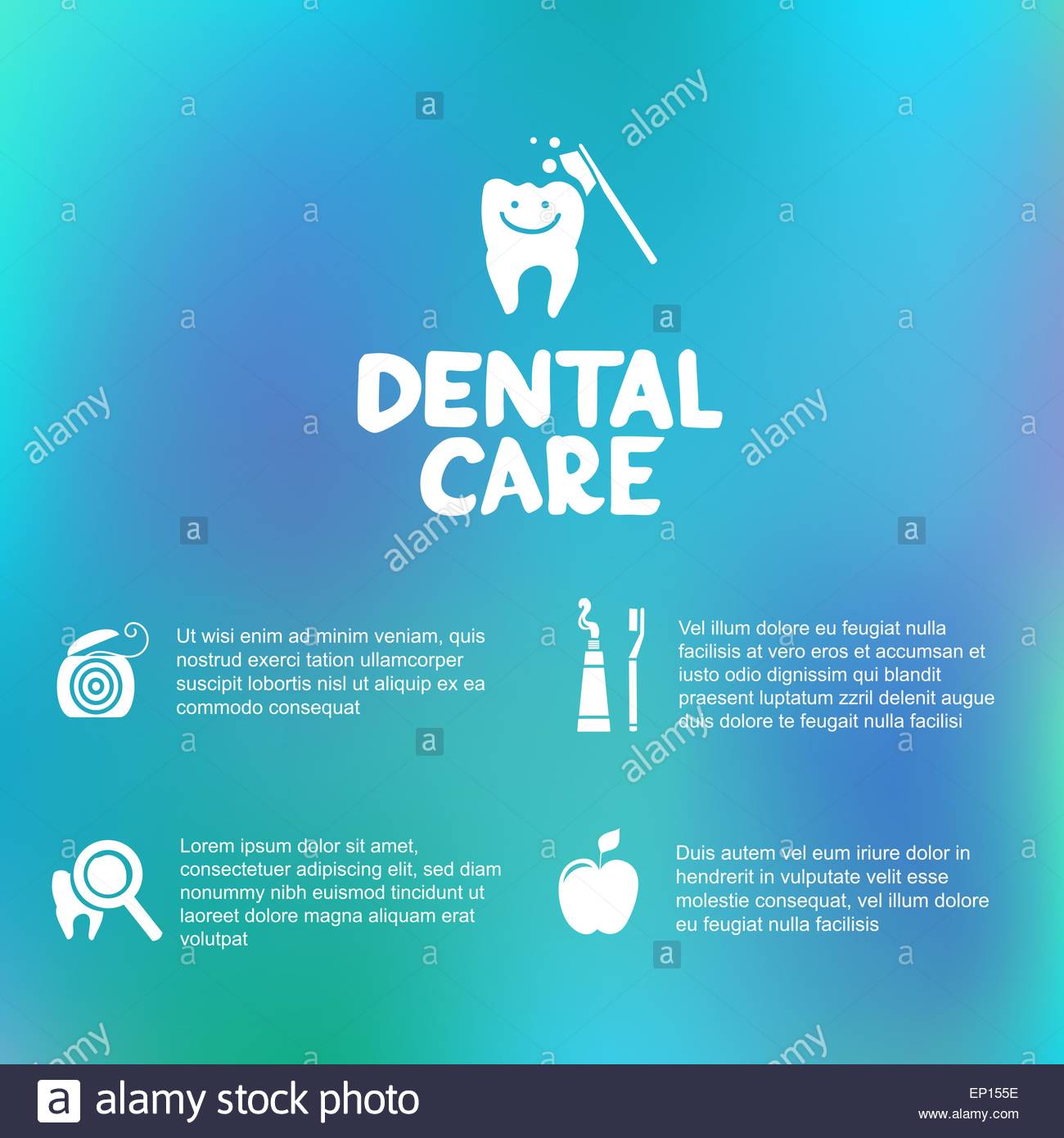An In-Depth Evaluation Of Invisalign And Typical Braces: A Contrast
An In-Depth Evaluation Of Invisalign And Typical Braces: A Contrast
Blog Article
Developed By-McNeil Maddox
When faced with the decision between Invisalign and conventional dental braces, you could question which choice lines up better with your way of living and preferences. The choice includes more than simply the aesthetic charm; it delves into aspects like treatment duration, comfort, and long-lasting oral health and wellness effects. Consider the effect each option may carry your daily routine and self-confidence. As we explore the extensive contrast, you'll gain insights into the subtleties that make these orthodontic treatments unique and discover which one might be the far better suitable for you.
Materials and Building
When comparing Invisalign to typical dental braces, the products and building and construction differ dramatically. Invisalign contains clear, smooth plastic aligners tailor-made to fit your teeth. These aligners are virtually undetectable, making them a popular selection for those looking for an extra discreet orthodontic therapy.
On the other hand, traditional dental braces involve metal brackets that are glued to your teeth. These braces are after that attached by cords and elastic band, applying stress to progressively move your teeth into the wanted setting.
The building and construction of Invisalign aligners allows for an extra comfy fit compared to typical braces. The smooth plastic material lowers irritation to your cheeks and gums, which is an usual issue with steel braces and cords. In addition, Invisalign aligners are removable, making it less complicated to comb and floss your teeth with no blockages.
On the other hand, traditional dental braces are fixed onto your teeth, needing additional care and time for appropriate maintenance.
Maintenance and Oral Health
The maintenance and oral health practices differ between Invisalign and conventional dental braces due to their special layout and building.
With Invisalign, you can eliminate the aligners when consuming or cleaning your teeth, permitting you to maintain your routine oral hygiene routine without any blockages. It's essential to clean your teeth after consuming before putting the aligners back on to protect against food particles from obtaining caught and creating degeneration.
On the other hand, conventional braces need extra attention to maintain your teeth clean. Food particles can easily get embeded the brackets and wires, resulting in plaque buildup and possible dental caries. visit this website link 'll need to use special tools like interdental brushes or floss threaders to tidy in between the cords and braces effectively.
price for full dental implants and cleanings are important to ensure that your dental health remains in top condition while wearing traditional braces.
Exposure and Looks
Visibility and appearances play a substantial role in the comparison between Invisalign and traditional dental braces. When it concerns look, Invisalign uses a clear advantage over typical braces. Invisalign aligners are practically undetectable, making them a popular option for those that like an extra discreet orthodontic treatment option.
Unlike the noticeable metal braces and wires of traditional dental braces, Invisalign aligners are transparent and assimilate with your natural teeth, allowing you to smile confidently throughout your therapy.
Conventional dental braces, on the other hand, are extra noticeable due to their metal parts. While some may choose vibrant bands to individualize their dental braces, others might feel uneasy regarding the presence of these orthodontic devices. The noticeable look of standard braces can occasionally influence a person's self-confidence, particularly for adults in specialist settings.
Conclusion
In conclusion, when picking in between Invisalign and standard braces, consider your lifestyle and preferences. Invisalign provides a discreet and comfy option with simple upkeep, while traditional dental braces provide vivid customization however might influence self-worth.
Ultimately, the choice should be based upon what works best for you in regards to appearances, benefit, and comfort. Make certain to seek advice from your orthodontist to determine one of the most ideal treatment for your individual requirements.
